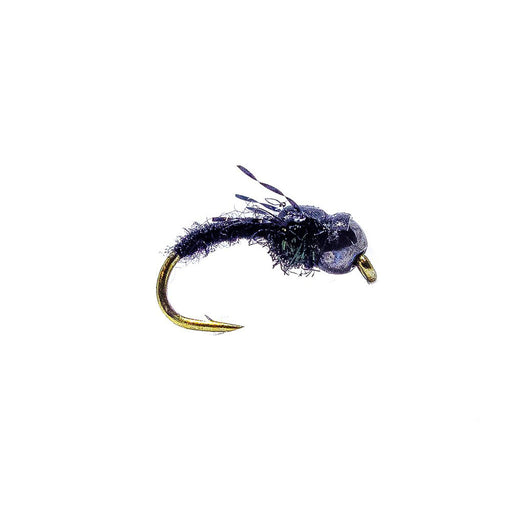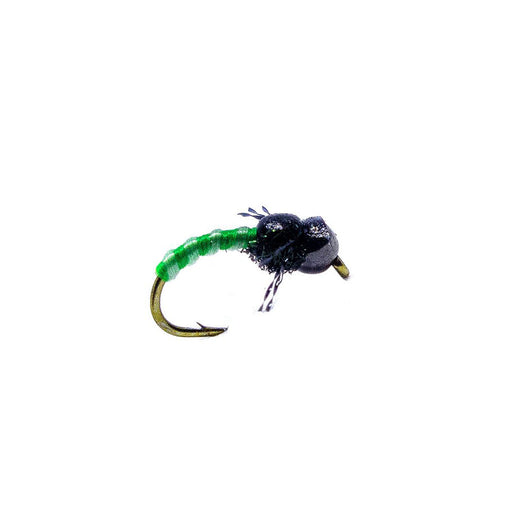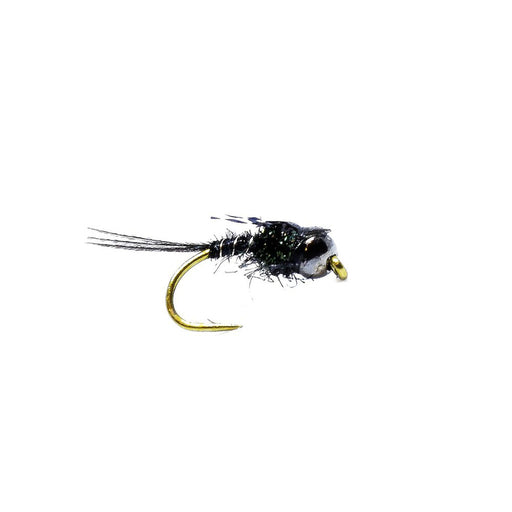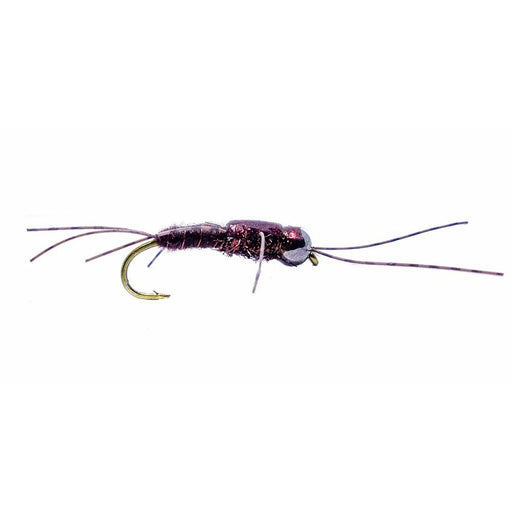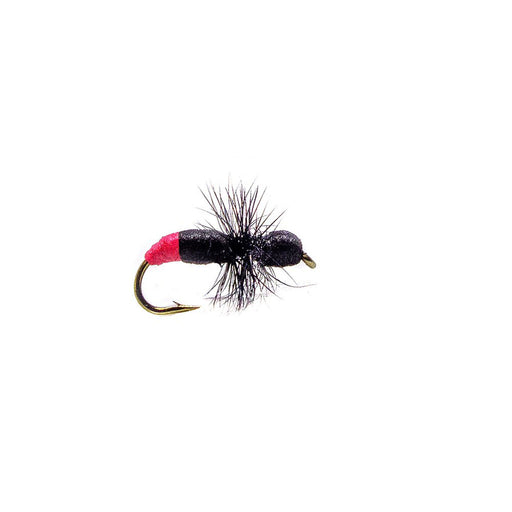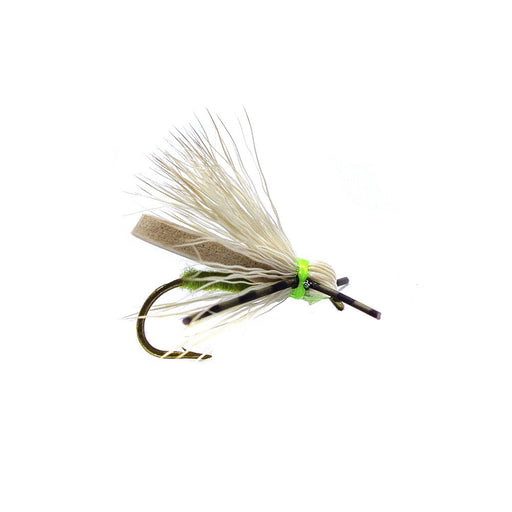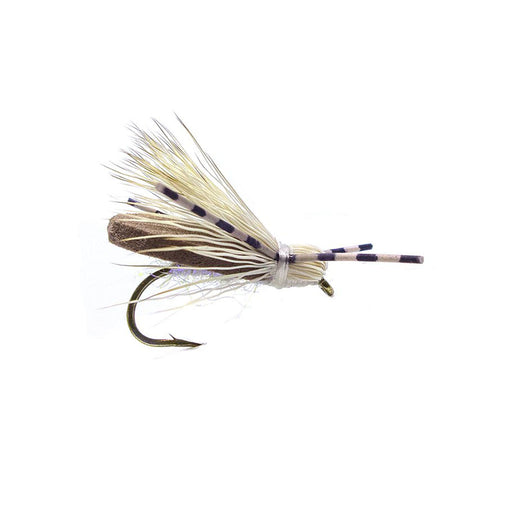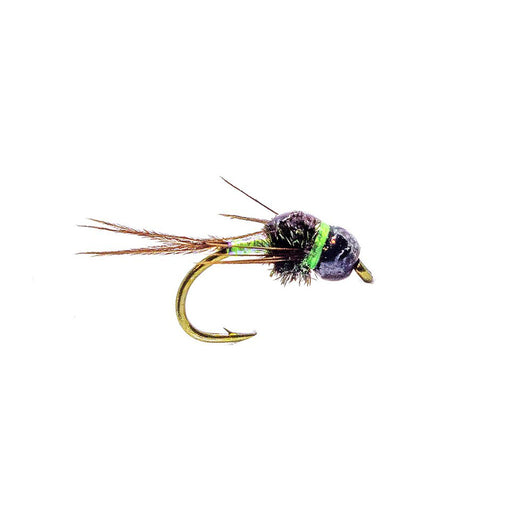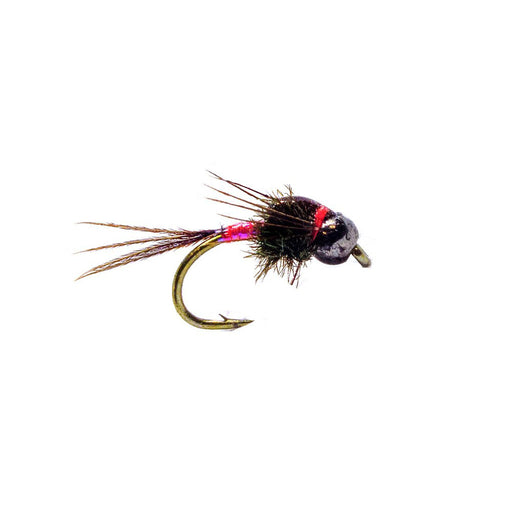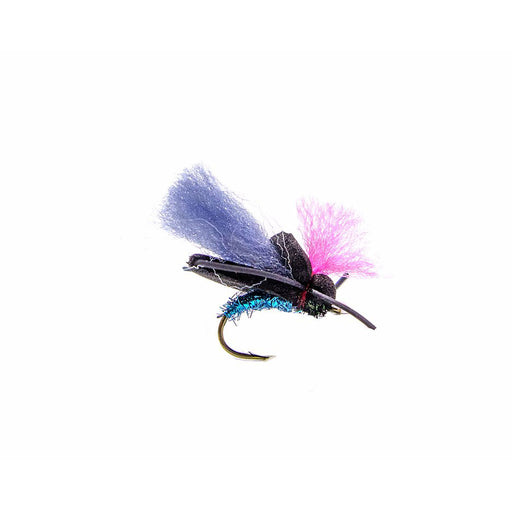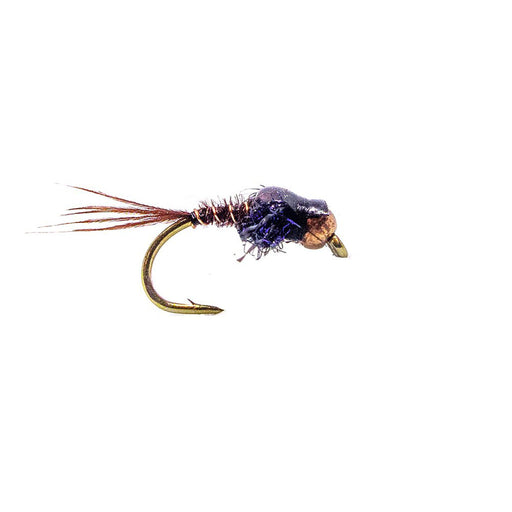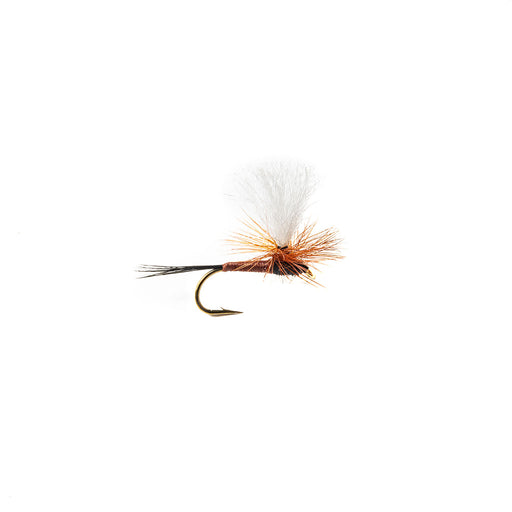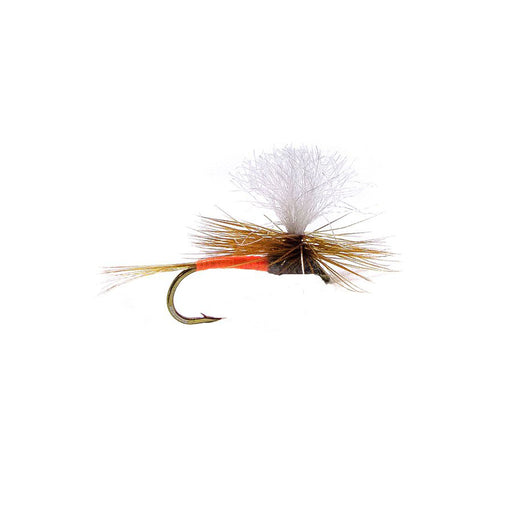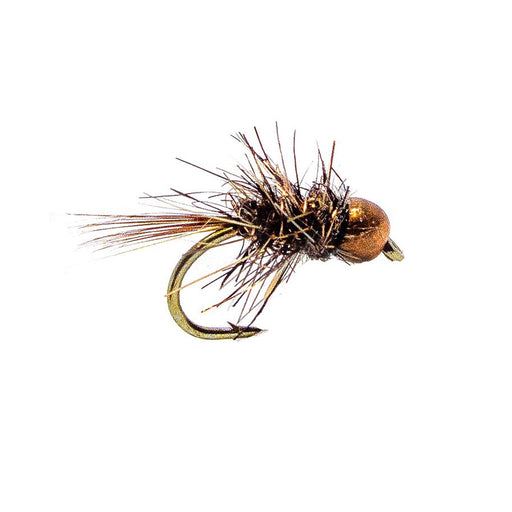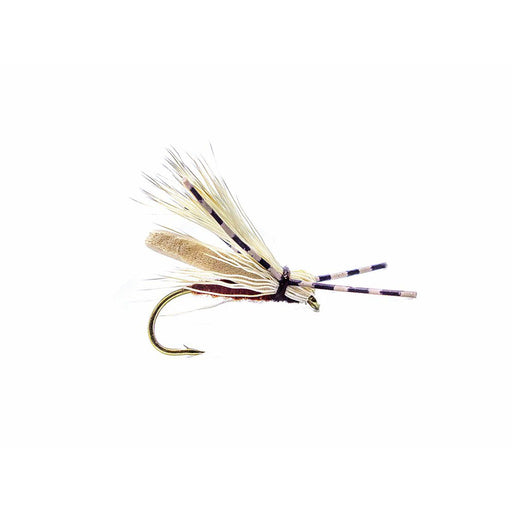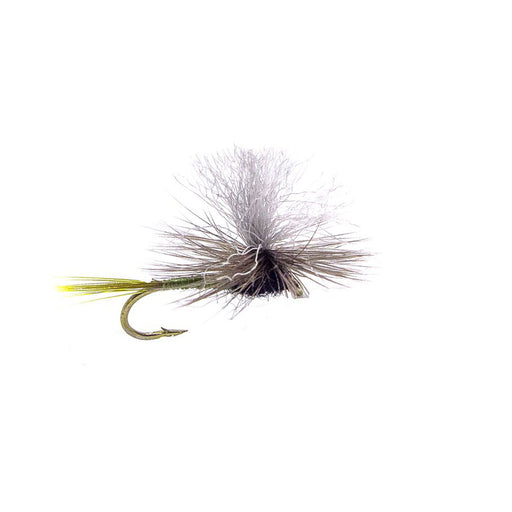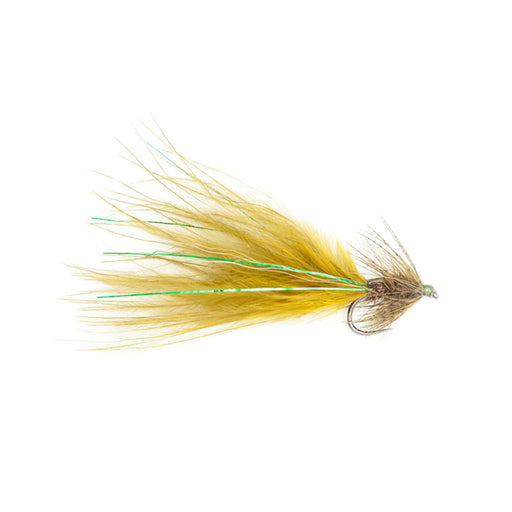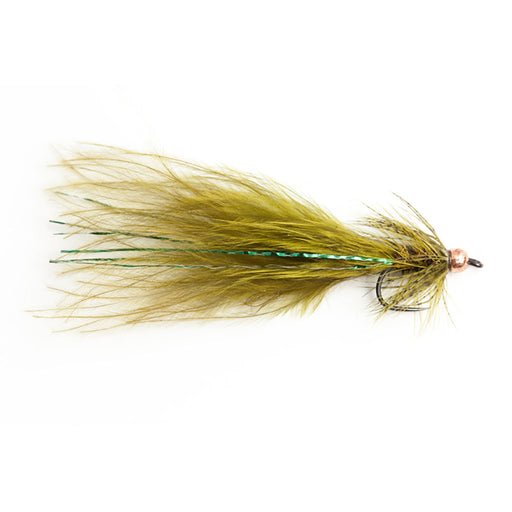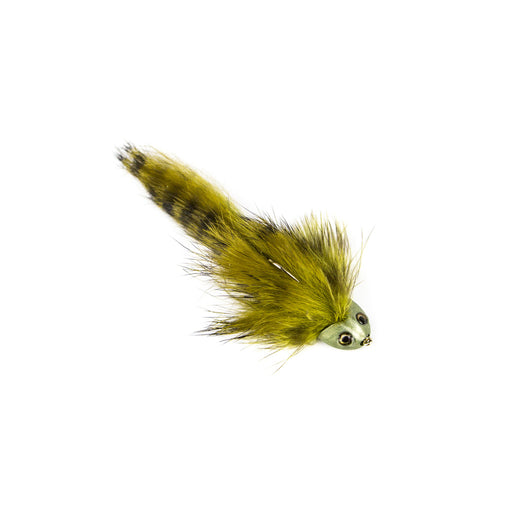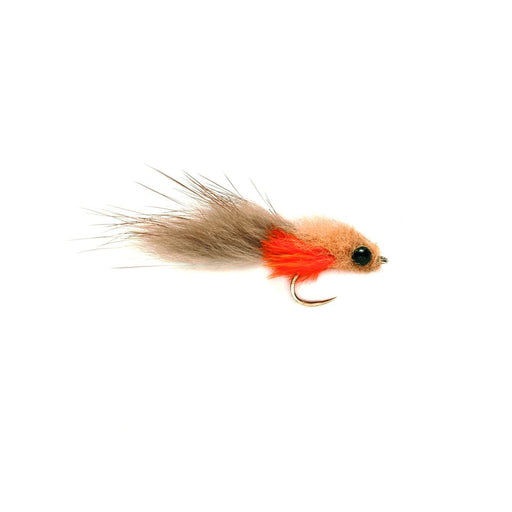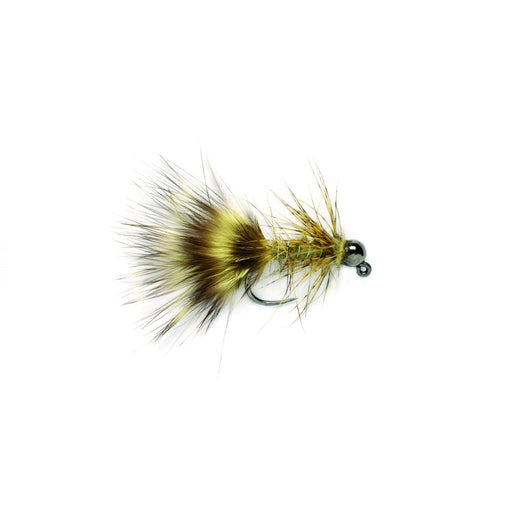
Fly Fishing Gear | Fly Fishing Flies | All
Your fly should be the only thing the fish sees; make it the right one.
At Tom's Outdoors, we boast a huge collection of fly fishing flies from Fulling Mill, MFC, RIO and Catagory 3 Fly Company - We handpick flies that are suitable for use in our local area, around Australia and across the ditch (or dutch as our Kiwi cousins would say).
Click here to read more...
WHAT TYPES OF FLIES ARE BEST FOR TROUT?
There are three main types of artificial flies in freshwater trout fishing, Dry flies, Nymphs and Wet flies (aka streamers) that anglers use to represent most of what trout eat.
- Dry flies: Designed to stay ‘dry’ and float on the water's surface, either representing an insect that has ‘hatched’ out of the water, like a Mayfly-Dun or a Caddis, or representing an insect that has fallen onto the water (terrestrial insects) like a Grasshopper. These flies are generally fished drifted along naturally in the current.
- Nymphs: Represent the aquatic juvenile phase of a water-born flying insect, like a Mayfly-Nymph, Caddis-Grub, or Stonefly-Nymph, and are fished throughout the water column from just under the surface film to the bottom, sinking with the aid of built-in or external weight. Nymphs are generally drifted naturally with the current, as well as being given some small movement underwater from time to time.
- Wet flies (or Streamers): Fished below the water's surface, these flies often imitate larger invertebrates like crayfish (yabbies), mud-eye, and damselfly, as well as larger vertebrates like frogs, baitfish, and even other small trout. They are generally fished quite aggressively through the current to imitate the darting fleeing nature of these prey items.
HOW TO CHOOSE A FLY
The three main things to consider when looking at selecting any fly are Profile, Movement, and Colour, in that order.
- The profile of the fly is one of the first things that a fish sees from a distance and will let them know if they are looking at viable prey; you want to match the size and shape of the food item you are imitating.
- Movement is the next thing that triggers a fish into eating your fly, whether it is slight movement that is ‘built into’ the fly like a soft hackle feather or how the fly reacts when moved through the water, such as the long tail made of marabou on a woolly-bugger.
- Finally, colour is a consideration, but not as important as most people would assume. Fish see colour differently from people and although it can be useful to have a fly in a range of colours, you can generally stick with bright, dark, or natural colours.
A note on ‘Ultra-Violet Hot-Spots’: one important consideration is does your fly have ultra-violet materials built into it? This is often an excellent extra trigger that results in getting fish to eat the flies as many fish species hunt in the Ultraviolet spectrum.
ATTRACTOR-PATTERNS VS IMITATIVE-PATTERNS.
Attractor patterns are designed to suggest life and movement without trying to match exactly one type of food or prey item. Imitative patterns are tied to try and look as much like the real thing as possible. They are both important styles to keep in mind when selecting effective flies for any situation. In general, the longer a fish will get to look at your flies, i.e. fishing very slowly on a lake or sand flat in clear water, the more imitative a fly should be. The less time a fish will see you fly, i.e. fishing a fast-flowing river or stripping a fly quickly through the water column the more of a general attractor a fly can be, the best flies generally have a mix of both!
Here at Tom’s we also stock all the necessary flies for targeting Australian Native Freshwater and Saltwater species. We have flies for Murray-Cod, Australian-Bass, Golden Perch, Flathead, Australian Salmon, Bream, Golden trevally, GT’s, Tuskies, Permit, and pretty-well any other species you’d care to throw a fly at, even carp... (unfortunately) - Native Freshwater and Saltwater patterns often fall into Surface (Floating) or Subsurface (Sinking) categories, most of which are fished actively to imitate the movement of the prey they represent. A typical surface fly would be a popper, which can imitate a frog or mouse ‘blooping’ across the surface, or even a wounded baitfish attempting to escape from a rocky ledge. Subsurface flies can range from patterns that represent baitfish all the way through to crayfish, crabs, shrimp and even drifting seaweed.
NEED HELP CHOOSING FLIES? CONTACT US TODAY
Simply get in touch with our friendly sales team – they’re always up for a chat. You can contact us by calling our Tumut store on (02) 6947 4062 or by email.
Category 3 Cheeky Fella Black - Black Tungsten Bead Nymph
Category 3 Fly CompanyGet this fly up in front of fish with a good presentation and there is a pretty good chance they will eat it Tied on a Tiemco 2457 super strong c...
View full detailsCategory 3 Big T Caddis - Black Tungsten Bead Nymph
Category 3 Fly CompanyThis generic Green Caddis pattern has earnt its place in the flybox The Big T, named after the Mighty Tongariro River on the Cenrtal Plateau of t...
View full detailsCategory 3 All Black - Black Tungsten Bead Nymph
Category 3 Fly CompanyTurn over any rock on most rivers and there will be lots of small black stuff crawling around. Black flies are a critical component in any fly box....
View full detailsCategory 3 101 - Black Tungsten Bead Nymph
Category 3 Fly CompanySometimes you need a large heavy searching stonefly pattern. 101 covers all the bases with its heavy tungsten bead and rubber legs. Hook: Tiemco 2...
View full detailsCategory 3 Trailer Trash - Dry Fly
Category 3 Fly CompanyUsually trailed behind another dry as it is very hard to see on the water. When fished in tandem with a dry search pattern it's phenomenal how oft...
View full detailsCategory 3 Roger That - Dry Fly
Category 3 Fly CompanyPretty effective dry fly in its own right but with the added feature of a foam underwing it can float a size 12 or smaller tungsten bead nymph if ...
View full detailsCategory 3 Moondance - Dry Fly
Category 3 Fly CompanyA pearl body with a high Ultra Violet content Pretty effective dry fly in its own right but with the added feature of a foam underwing it can flo...
View full detailsCategory 3 Consultant UV Olive - Black Tungsten Bead Nymph
Category 3 Fly CompanyOccasionally fish like something bright with a high Ultra Violet content. This fly can be very effective on a Tailwater fishery especially in low ...
View full detailsCategory 3 Consultant UV Pink - Black Tungsten Bead Nymph
Category 3 Fly CompanyOccasionally fish like something bright with a high Ultra Violet content. This fly can be very effective in a Tailwater fishery, especially in low...
View full detailsCategory 3 Blowfly - Dry Fly
Category 3 Fly CompanyTrout Love Blowflies! Lots of foam high floating and easy to see on the water. Tied on a Tiemco 2488 wide gape fine wire hook.
Category 3 York - Copper Tungsten Bead Nymph
Category 3 Fly CompanyTied on a Tiemco 2457 super strong curved nymph hook with a wide gape. Curved wide gape hooks give you a better hook set. Another Pheasant tail v...
View full detailsCategory 3 Tricky Situation - Dry Fly
Category 3 Fly CompanyYou have to have a few parachute flies in your box, this colour is a good twist on an old favourite Tied on a Tiemco 9300 1 X Heavy Gauge Dry Fly ...
View full detailsCategory 3 Orange Crush - Dry Fly
Category 3 Fly CompanyYou have to have a few parachute flies in your box, this colour is a good twist on an old favourite Tied on a Tiemco 9300 1 X Heavy Gauge Dry Fly ...
View full detailsCategory 3 Hare & Copper - Copper Tungsten Bead Nymph
Category 3 Fly CompanyTied on a Tiemco 2457 super strong curved nymph hook with a wide gape. Curved wide gape hooks give you a better hook set. This is the copper tung...
View full detailsCategory 3 Five By Five - Dry Fly
Category 3 Fly CompanyPretty effective dry fly in its own right but with the added feature of a foam underwing the Five by Five can float a size 12 or smaller tungsten ...
View full detailsCategory 3 Dead Cert - Dry Fly
Category 3 Fly CompanyYou have to have a few parachute flies in your box, this colour is a good twist on an old favourite inspired by a Blue Winged Olive. Tied on a Tie...
View full detailsFulling Mill Christopher Bassano's Olive Head un-weighted McGoo
Fulling Mill AUThe olive thread head McGoo is another terrific damsel imitation that works very well in all of Australia's shallow impoundments. Whether it is fa...
View full detailsFulling Mill Christopher Bassano's Tungsten Copper Bead McGoo
Fulling Mill AUThis fly originates from Ireland and was then further developed by Ballarat fly anglers, Vern Barby and, to a lesser extent, Craig Coltman. Alt...
View full detailsFulling Mill Olive Sculpin - Streamer
Fulling MillTrout love a big meal, feed it to them! Fish it on a floating line or streamer tip to achieve the best depth and movement, work different retrieve...
View full detailsFulling Mill Rusty Spent Spinner - Dry Fly
Fulling MillThe Rusty is a Modern Classic for a reason, it works.
Fulling Mill Green Drake - Dry Fly
Fulling MillA style of fly bulked up with hair rather than feathers, originated by American angler Lee Wulff to ensure floatability on the big fast western USA...
View full detailsFulling Mill Chernobyl Ant Black Tan - Dry Fly
Fulling MillThe Chernobyl Ant is an unusual looking fly that is constructed from foam so it is unsinkable, the mobile legs will move with the even slightest of...
View full detailsFulling Mill Tan Scully Zonker DB - Barbless Streamer
Fulling MillA modern highly mobile pattern becoming very popular on the stillwater scene.
Fulling Mill Jig Bugger Olive Tungsten Bead - Barbless
Fulling MillGet Jiggy with it The Jig Bugger is a versatile variant of the classic woolly-bugger great for lakeds and rivers, naturally drifted like a large n...
View full details

